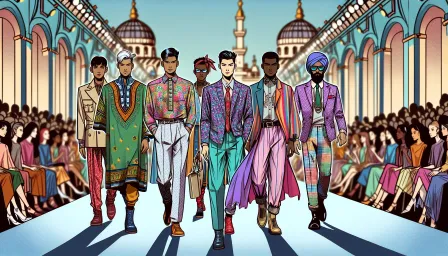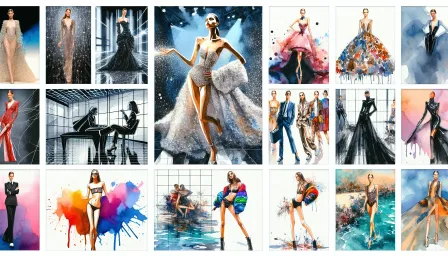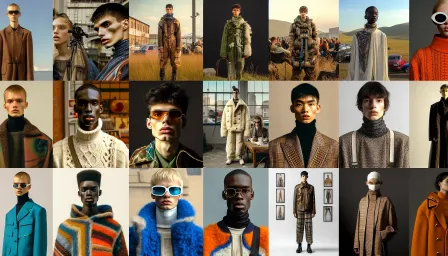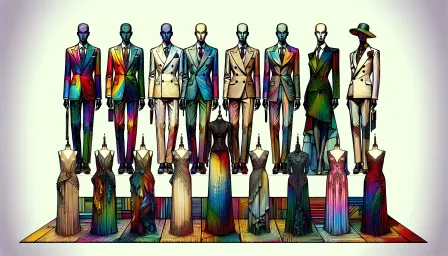In-Depth Fashion Industry Analysis: Trends, Challenges, and Future Outlook
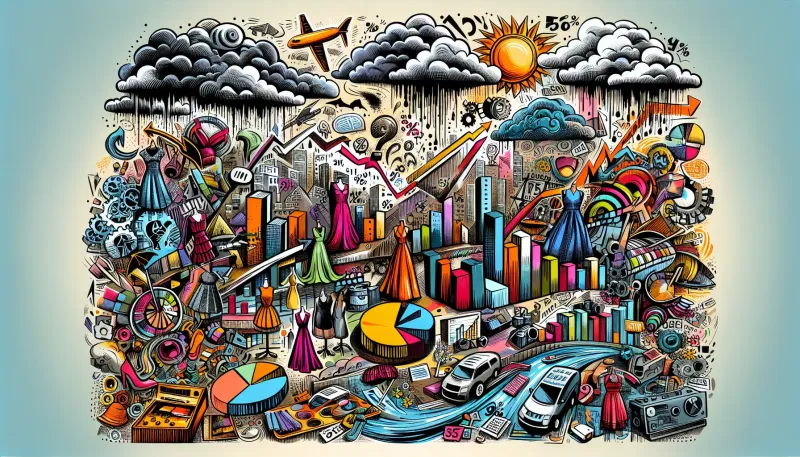
An insightful fashion industry analysis covering current trends, challenges, and future outlook. Stay informed with expert insights into the ever-evolving fashion world.
The fashion industry stands as one of the most dynamic sectors globally, constantly evolving to meet consumer demands and societal shifts. This in-depth fashion industry analysis explores current trends, challenges, and future outlook, offering valuable insights for professionals, enthusiasts, and investors alike.
Current Trends in the Fashion Industry
Sustainability
As environmental consciousness grows, the demand for sustainable fashion practices has surged. Brands are increasingly adopting eco-friendly materials and ethical production methods. This shift not only caters to consumer preferences but also addresses the urgent need for environmental conservation.
Technology Integration
The integration of technology in fashion is revolutionizing the industry. From AI-driven design and production processes to virtual fitting rooms and augmented reality (AR) experiences, technology is enhancing both efficiency and consumer engagement.
Customization and Personalization
Today’s consumers seek unique, tailored experiences. Brands offering customization options, from bespoke clothing to personalized shopping experiences, are seeing increased customer loyalty and satisfaction.
Resurgence of Vintage and Second-Hand Fashion
The market for vintage and second-hand fashion is booming, driven by both environmental concerns and a desire for unique, nostalgic pieces. Platforms like Depop and ThredUp are capitalizing on this trend, offering consumers a sustainable and cost-effective alternative to fast fashion.
Challenges Facing the Fashion Industry
Supply Chain Transparency
The complex and often opaque nature of fashion supply chains poses significant challenges. Ensuring transparency and traceability from raw material sourcing to final product is crucial for ethical and sustainable practices.
Fast Fashion vs. Sustainability
While fast fashion caters to a demand for affordable and trendy clothing, it often comes at the expense of environmental sustainability and ethical labor practices. Balancing affordability with sustainability remains a critical challenge for the industry.
Adapting to Digital Transformation
The rapid digitization of the retail landscape requires brands to continuously innovate. From managing online retail platforms to leveraging social media for marketing, the shift to digital presents both opportunities and challenges.
Impact of Global Events
Global events, such as the COVID-19 pandemic, have profoundly affected the fashion industry. Supply chain disruptions, changes in consumer behavior, and economic uncertainty require brands to be agile and resilient.
Future Outlook of the Fashion Industry
Embracing Circular Fashion
Circular fashion, which emphasizes the reuse and recycling of materials, is poised to become a significant trend. Brands are increasingly investing in circular models, such as clothing rental services and upcycling initiatives, to minimize waste and promote sustainability.
Innovative Materials
The development of innovative materials, such as biodegradable fabrics and lab-grown textiles, offers exciting possibilities for sustainable fashion. These innovations not only reduce environmental impact but also open up new creative avenues for designers.
Enhanced Consumer Experiences
As competition intensifies, delivering exceptional consumer experiences will be paramount. Brands will need to leverage technology, such as AI and AR, to create engaging and personalized shopping journeys, both online and offline.
Global Expansion and Diversification
The fashion industry’s future lies in global expansion and market diversification. Brands that tap into emerging markets, while also diversifying their product ranges to cater to diverse consumer preferences, are likely to thrive.
Conclusion
In summary, the fashion industry is at a pivotal juncture, marked by significant trends and challenges. As sustainability, technological integration, and consumer-centric approaches gain prominence, the industry is set to evolve in remarkable ways. Understanding these dynamics will be crucial for stakeholders aiming to navigate and succeed in the vibrant world of fashion.








